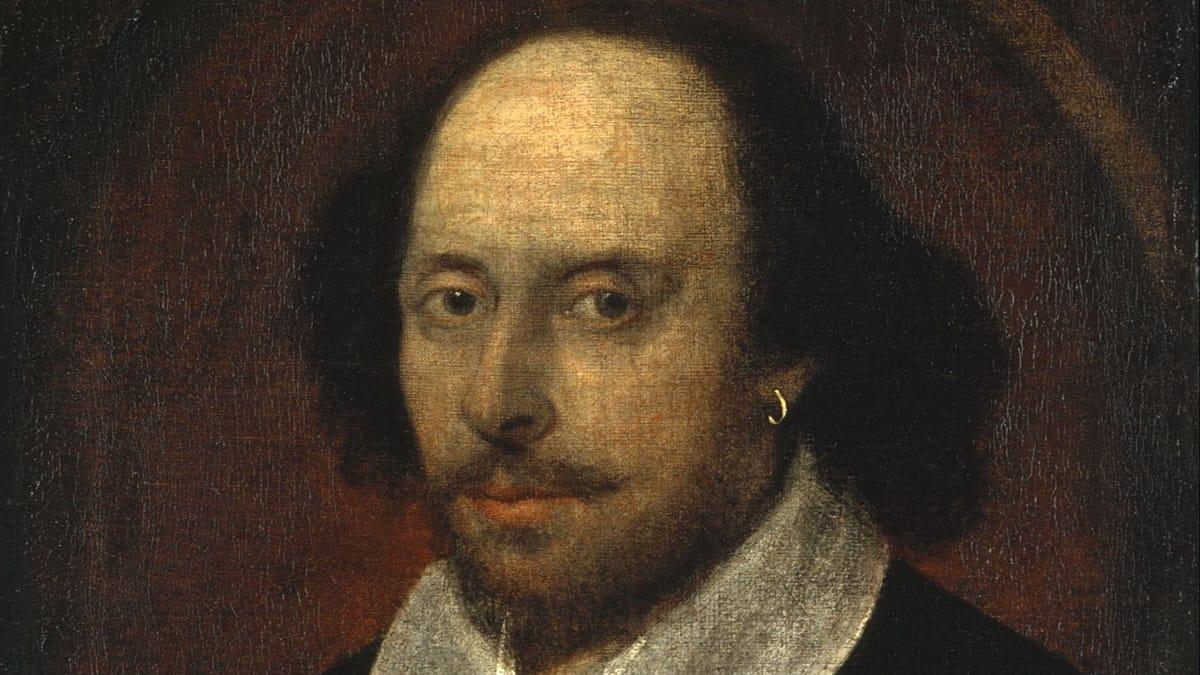Raspberry Pi Zero 2 W Powers AI-Generated Flower Art on E-Ink Display
2 Sources
2 Sources
[1]
Raspberry Pi Zero 2 W uses AI to make infinite flower paintings on an e-ink display
One cool thing we like about the Raspberry Pi is the sheer amount of resources available for integrating AI into your projects. Instead of using third party tools to relay AI tasks, you can actually host generative AI systems locally on the Raspberry Pi. Today's project is a wonderful example of how you can use this type of setup to create a beautiful, decorative display. Maker and developer Dylan has created what he calls PaperPi AI -- a digital e-ink picture frame that creates flower paintings using AI. Dylan is using a Pimoroni Inky Impression 7-color e-ink display as the main screen so the picture will stay even if the Pi loses power. The Pi generates pictures that look like paintings of flowers in various styles and updates the display with them periodically. It takes some time to generate the picture and update the screen so that does limit the number of changes, but it's not too bad for something that is chiefly intended as a decoration like this. According to Dylan, it takes roughly half an hour to create a new image but you aren't limited to only generating flower paintings. You can program the Raspberry Pi to generate all sorts of topics and styles. Because the image generation takes place locally, you don't need an internet connection to make the project work. Once the Pi has created a new image, it takes 30 seconds to update the image on the e-ink display. You don't need the latest, high-powered Raspberry Pi model to duplicate this project. Dylan is using a Raspberry Pi Zero 2 W to control the operation. It's connected to an Inky Impression 7.3-inch e-ink color display, which again supports seven separate colors. All of the hardware is housed inside of a picture frame big enough to mount the display panel as well as the Pi. The Pi is running Raspberry Pi OS Bullseye Lite as the main operating system. The AI generation is handled using OnnxStream, this is a version of Stable Diffusion that's capable of running on the Raspberry Pi Zero. We covered this project back in 2023. You can read more about the project's development in greater detail and get a look at the source code over at the official GitHub project page.
[2]
This beautiful Raspberry Pi-powered color e-ink frame creates endless flower images
Key Takeaways A Raspberry Pi Zero 2 powers this color e-ink display that generates unique flower images every 30 minutes. Each flower image gets a 24-hour moment on the display before cycling out. A light bill of materials and code available on GitHub makes it easy to create the standalone AI art picture frame. ✕ Remove Ads Hey, remember when I covered the e-paper Raspberry Pi clock, and I said that I have a soft spot for that sort of tech? Well, it seems the SBC community has come out in full force to make more of them, much to my delight. This time, someone is showing off a color e-ink display that shows off infinite images of flowers, and I really hope this becomes a trend. Related Raspberry Pi 5 review: The holy grail of DIY projects got even better (and rarer) The Raspberry Pi 5 is one of the most powerful consumer-grade SBCs out there. Sadly, its limited stock means you'll have a hard time finding one. Posts This color e-ink display uses a Raspberry Pi to make unlimited flowers On the Raspberry Pi subreddit, user u/_dylski_ posted what they call "PaperPiAI." It combines a Raspberry Pi Zero 2, a paper display, and an AI image generator to create a frame that keeps itself fresh and never runs out of inspiration. The Raspberry Pi Zero 2 takes thirty minutes to make a new flower image, and every picture gets 24 hours in the spotlight before it's cycled out. Unfortunately, the Pi Zero 2 doesn't give the original poster a lot of freedom with the image generation: ✕ Remove Ads Ideally I'd like to generate the image prompts with a local LLM but have not found one that runs on the RPi Zero 2 yet. It would not have to run fast - just fast enough to generate a new prompt within 23 hours to have a new picure every day. Still, this is a really cool project that shows the power of what a little tinkering can do. If you want to make your own, you can check out the PaperPiAI GitHub page for all of the code and parts needed. The bill of materials is actually pretty light; you just need the aforementioned Raspberry Pi Zero 2, an Inky Impression 7.3" 7-color e-ink display, download Raspbian Bullseye Lite onto the Pi, and then get your hands on a suitable picture frame. Once it's set up, it can work without an internet connection. ✕ Remove Ads
Share
Share
Copy Link
A Raspberry Pi Zero 2 W is used to create an AI-powered digital picture frame that generates and displays unique flower paintings on a color e-ink screen, showcasing the potential of local AI integration in DIY projects.

Innovative AI-Powered Digital Art Frame
In a creative fusion of artificial intelligence and DIY electronics, developer Dylan has introduced "PaperPi AI," an innovative digital picture frame that generates and displays AI-created flower paintings. This project showcases the potential of integrating AI capabilities into compact, low-power devices like the Raspberry Pi
1
.Hardware Components
The heart of the PaperPi AI is a Raspberry Pi Zero 2 W, a compact and affordable single-board computer. The display is a Pimoroni Inky Impression 7.3-inch e-ink screen, capable of rendering images in seven distinct colors. These components are neatly housed within a picture frame, creating a seamless blend of technology and decor
2
.AI-Powered Image Generation
The Raspberry Pi runs Raspberry Pi OS Bullseye Lite and utilizes OnnxStream, a version of Stable Diffusion adapted for the Raspberry Pi Zero. This setup allows the device to generate unique flower paintings without requiring an internet connection, demonstrating the capabilities of on-device AI processing
1
.Image Generation and Display Process
The system takes approximately 30 minutes to generate a new image, which is then displayed on the e-ink screen. Each image remains on display for 24 hours before being replaced by a fresh creation. The e-ink technology ensures that the image persists even if power is lost, making it an ideal choice for a decorative piece
2
.Customization and Flexibility
While the current implementation focuses on flower paintings, Dylan notes that the system can be programmed to generate images on various topics and in different styles. This flexibility opens up possibilities for personalized art displays tailored to individual preferences
1
.Related Stories
Future Enhancements
Dylan expressed interest in incorporating a local Language Model (LLM) to generate image prompts, which would further enhance the system's autonomy and creativity. However, finding an LLM that can run efficiently on the Raspberry Pi Zero 2 remains a challenge
2
.Open-Source and Accessible
The project's code and setup instructions are available on GitHub, making it accessible for enthusiasts and makers to replicate or build upon. The relatively simple bill of materials, consisting mainly of the Raspberry Pi Zero 2 W, the e-ink display, and a suitable frame, puts this project within reach of many DIY enthusiasts
2
.This innovative project demonstrates the potential of integrating AI into everyday objects, creating unique, ever-changing art displays. It showcases how relatively low-powered devices can leverage AI to create engaging and dynamic experiences, potentially opening doors for similar applications in home decor, digital signage, and interactive art installations.
References
Summarized by
Navi
[1]










